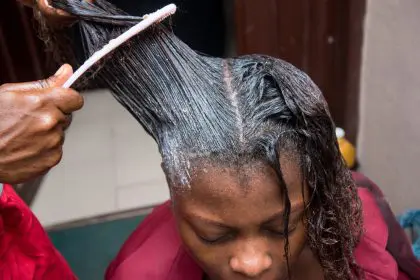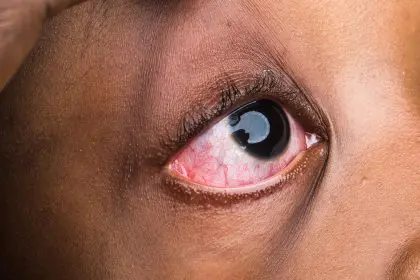While millions of women rely on hormonal birth control for reproductive health management many remain unaware of its potential effects on hair growth and texture. These changes often overlooked in initial consultations can significantly impact women’s experiences with contraception.
The early stages of contraception
The journey with hormonal birth control often begins during adolescence frequently prescribed for managing menstrual symptoms rather than contraception. Medical professionals typically focus on common side effects such as mood changes and weight fluctuations while hair-related changes receive less attention during consultations.
Young women starting contraception undergo various health screenings especially those with complex family medical histories. These evaluations typically emphasize cardiovascular risks and blood clotting factors while potential cosmetic changes remain secondary considerations in treatment discussions.
Transitioning between methods
As women progress through different life stages many seek alternative contraceptive options. The intrauterine device commonly known as IUD represents a popular choice for those seeking long-term solutions. While healthcare providers discuss immediate side effects such as cramping and irregular bleeding the potential for changes in hair growth patterns often goes unmentioned.
Modern IUDs like Kyleena offer lower hormone doses compared to oral contraceptives. However these localized hormone delivery systems can still influence body-wide processes including hair growth cycles and follicle development.
Understanding hair changes
Hair modifications manifest in various ways following hormonal contraceptive use. Women may notice changes in both body and scalp hair approximately two to three months after starting new contraceptive methods. These alterations can affect previously treated areas including those that underwent professional hair removal.
Scalp hair may undergo texture transformations ranging from subtle wave pattern changes to dramatic curl development. These modifications often become more pronounced in specific environmental conditions such as high humidity demonstrating the complex interaction between hormones and hair structure.
Medical explanations
The science behind contraceptive-induced hair changes involves complex hormonal interactions. Synthetic hormones particularly progestins can influence androgenic activity in the body. This activity affects hair follicle development potentially leading to increased hair density and altered growth patterns.
Research indicates that different contraceptive formulations carry varying levels of androgenic effects. Some preparations may increase masculine characteristics including darker thicker hair growth while others might reduce such tendencies. Understanding these differences becomes crucial for women sensitive to hair-related changes.
Healthcare communication gaps
A significant challenge in addressing these effects stems from the separation between specialties. Gynecologists who prescribe contraceptives may not regularly encounter or discuss hair-related concerns while dermatologists treating hair issues might not fully explore their patients’ contraceptive histories.
This communication gap often leaves women searching for answers independently when experiencing unexpected hair changes. The lack of coordinated care between specialists can delay recognition and management of these side effects.
Managing unexpected changes
Women experiencing contraceptive-related hair changes have several management options. Those concerned about increased body hair might pursue additional hair removal treatments while adapting to new scalp hair textures often requires adjusting hair care routines.
Healthcare providers can assist by recommending contraceptive options with lower androgenic profiles when hair changes become problematic. However this requires open communication about experienced side effects and their impact on quality of life.
Long-term considerations
Understanding the potential reversibility of hair changes influences contraceptive decisions. While some effects may resolve after discontinuing hormonal methods the timeline for such reversals varies among individuals. This uncertainty factor should form part of conversations about contraceptive choices.
The psychological impact of unexpected hair changes warrants consideration. Changes in appearance can affect self-image and confidence making it essential for healthcare providers to address these concerns compassionately and proactively.
Future implications
Advancing research continues to explore the relationship between hormonal contraception and hair characteristics. This growing understanding may lead to more targeted contraceptive options and better prediction of potential side effects.
The medical community increasingly recognizes the importance of discussing cosmetic changes alongside other contraceptive side effects. This shift toward more comprehensive patient education helps women make informed decisions about their reproductive health while preparing for possible physical changes.
As awareness grows about the varied effects of hormonal contraception women gain better tools for managing their reproductive health. Understanding potential hair-related changes allows for more informed decision-making and proactive management of side effects ensuring better overall experiences with contraceptive methods.

















